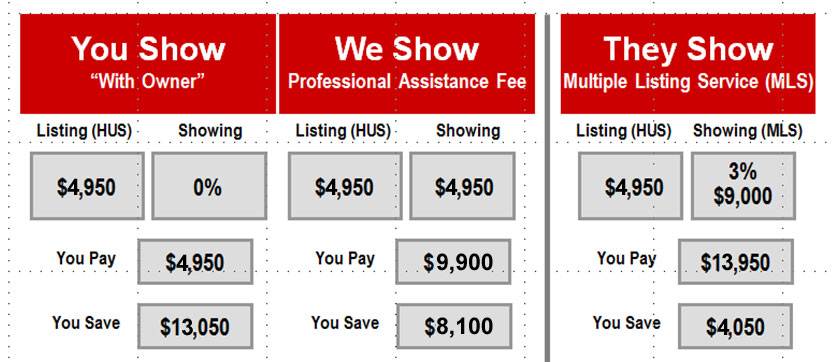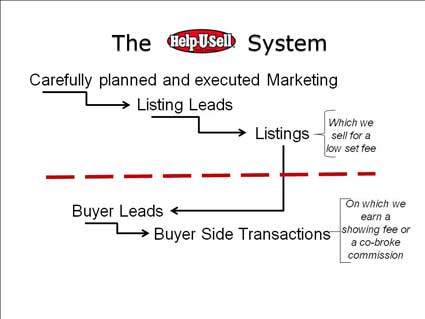Jose Perez of PCMS Consulting is on RISMedia today talking about Steve Jobs and the music industry. What’s that got to do with us? you ask . . . quite a bit, I’d say.
Before we go there, however, let’s drop into Wall Street. We often look at the history of the securities business in the last 15 years and draw parallels to real estate. Remember? Used to be, we had to contact a broker to trade a stock and we paid a percentage based commission for the privilege. Stock trading was mysterious, complicated, beyond the grasp of most people and the commissions were, well, just the reasonable cost of entry. Then along came Charles Schwab with $15 flat fee trades. Consumers loved it and the industry took note. The forward thinkers not only shifted to the new model, they enhanced it by putting powerful analytic information in the consumer’s hands on the Internet.
Sound like the real estate business? You bet.
Perez is saying the same kind of change happened in the Music business. Remember when we used to go to the music store to buy vinyl LP records, and then CDs? That’s how music was distributed. The whole industry was built around the idea of making and marketing these plastic objects called ‘records.’ But then, technology made it possible for people to take the records, digitize them and then share them (often illegally) over the Internet. The industry reacted not by looking forward at how they might capitalize on this, but by looking to the courts, suing the most prolific pirates. Meanwhile, Steve Jobs – a music industry outsider – quietly invented the Ipod – nothing more than a solid state drive with a simple user interface – and the ITunes store for making digital music accessible to consumers. For 99 cents you could buy a song . . . and, today, that’s what we do.
Just as in real estate, we had a music industry fighting to preserve the status quo . . . and losing; because you can never preserve the status quo. It is impossible. In both cases we have industries struggling to keep information out of the consumer’s hands . . . and losing.
Want another example? How about the Travel industry. Not too many years ago we used to call a travel agent to book a plane trip or a vacation. They had all the information: schedules and fares and so on; and they earned a nice commission for helping us navigate this mysterious process. How many travel agents do you know today? Really: they have become largely extinct! And how do we book travel today? We go to the Internet where all the information is housed and make our decisions for ourselves. Unfortunately, the pricing model for travel has not changed significantly . . . which makes me wonder: whose getting that commission today?
And here we have real estate: an industry that justified its percentage based commissions for decades largely by hoarding information. Then along came Don Taylor (and by the way, he came along a good ten years before Charles Schwab had his epiphany). He saw a way to do the real estate business not for a nonsensical percentage based commission, but for a Low Set Fee. He saw all of this hoarding going on and decided that Information Without Obligation would be one of his new company’s core values. The maturation of the Internet twenty years later put that value on steroids . . .
And how did the Industry react? It ran in terror for the hills, dug foxholes, locked up the valuables (the information), put its fingers in its ears and refused to hear what consumers were saying. Even today, with a real estate market undergoing complete upheaval, with change swooping down around us like a Tsunami, how many of the big national brands are talking about their pricing model? Um . . . none. Even today, when consumers can (with the click of a mouse) get all the information REALTORS used to hoard, how many are talking about how we can use that fact to streamline the process and make the experience better for the home buyers and sellers? Um . . . none.
All I can say is: get ready. We’re about to witness a magnificent collision. The vision of Don Taylor is about to come to full fruition as it collides with the reality of today’s consumer, the Internet and the upheaval in the marketplace. Five years from now as brokers collect their Set Fee at closing, they’ll scratch their heads, look back and wonder: ‘Did we ever really do business that old fashioned way?’


